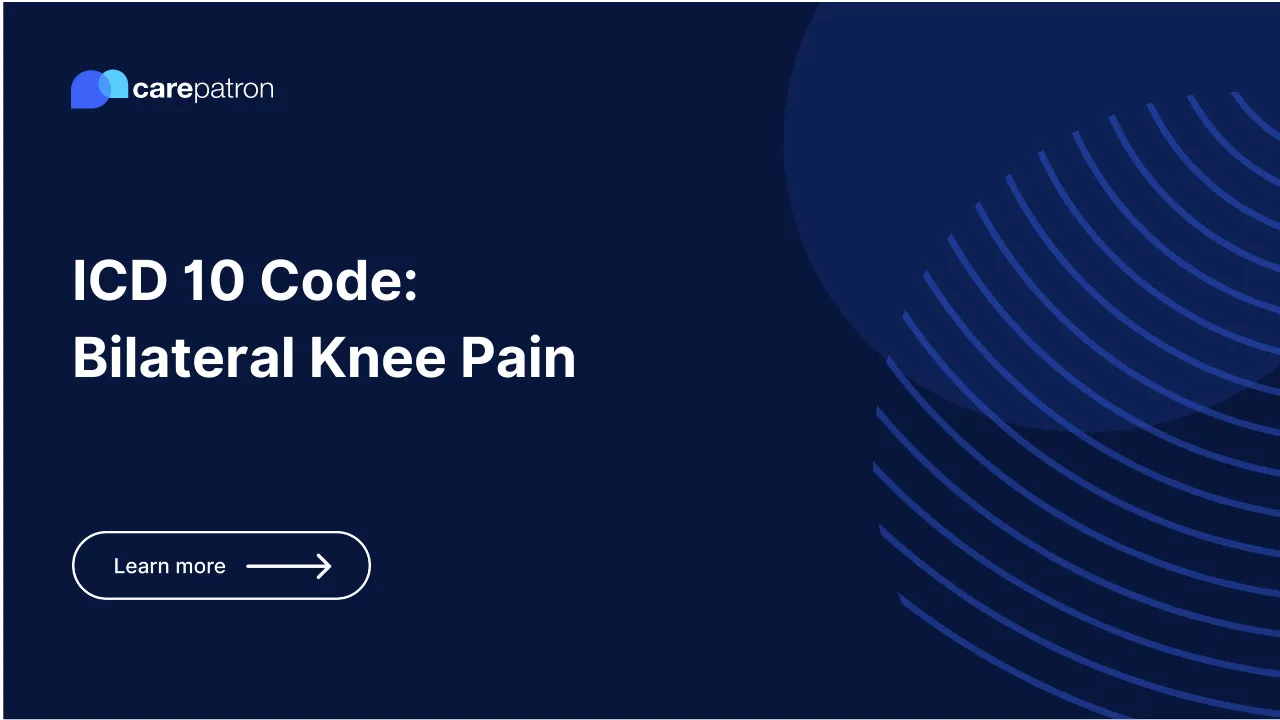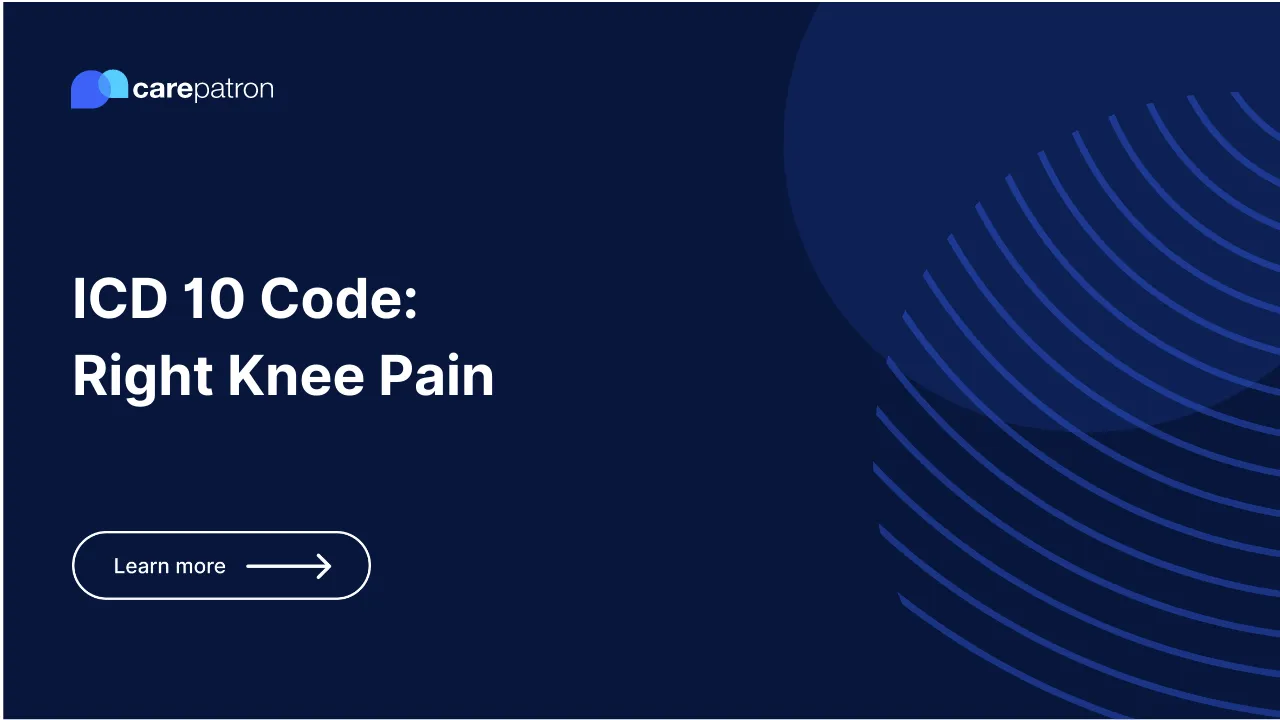M48.061 – Spinal stenosis, lumbar region without neurogenic claudication | ICD-10-CM
Learn more about the diagnosis, billability, clinical information, etc., of M48.061 - Spinal stenosis, lumbar region without neurogenic claudication

M48.061 Diagnosis Code: Spinal stenosis, lumbar region without neurogenic claudication
- M48.061 is a billable ICD-10-CM code for healthcare diagnosis reimbursement of spinal stenosis, lumbar region without neurogenic claudication.
- The ICD-10-CM version M48.061 is used to diagnose Obstructive sleep apnea (adult) (pediatric) classified in America. Internationally, the code for the corresponding diagnosis may differ.
- It’s under the “Diseases of the musculoskeletal system and connective tissue” umbrella. More specifically, it’s under “Other spondylopathies.”
- Practitioners can use this code when the patient has lumbar spinal stenosis but doesn’t have the symptoms of neurogenic claudication, which are cramping, tingling, or pain in the buttocks, hips, lower back, and one or both legs.
- The code is valid until the end of the fiscal year 2023.
Is M48.061 Billable?
Yes. M48.061 is billable for insurance reimbursement purposes.
Clinical Information
- Lumbar spinal stenosis is a degenerative condition wherein the spinal canal located in the lower part of your back or the lumbar region narrows, causing pressure on one’s spinal cord or its corresponding nerves.
- Being a degenerative condition, those most likely affected by spinal stenosis are 60 years or older. However, in certain circumstances, it can affect younger patients as well, especially if they have any of the following: rheumatoid arthritis, particular bone diseases, spinal injury/tumors, narrow spinal canal, or spine surgery.
- Symptoms of spinal stenosis are loss of bowel or bladder function, sciatica, calves cramping, or pain/numbness/weakness in the buttocks, calves, and legs. It is possible, however, that the patient may not experience these symptoms, especially if they don’t have any neurogenic claudication, whose symptoms are pain, tingling, or cramping in the affected extremities.
- To diagnose, the referring practitioner, specifically a neurosurgeon, will gather a patient’s medical history, check their symptoms, do a physical examination, and conduct imaging studies like an x-ray, CT scan, CAT scan, EMG, MRI, and myelogram.
- Though there is no cure for spinal stenosis, there are treatments to help the patient deal with their condition. In emergencies or extreme situations, surgery is an option. But those who don’t need surgery can treat their condition with physical therapy, medicine, chiropractic medicine, and acupuncture.
Synonyms Include:
- Spinal stenosis of lumbar region
- Degenerative lumbar spinal stenosis
- Stenosis of lumbar vertebral foramen
- Idiopathic lumbar spinal stenosis
- Stenosis of lateral recess of lumbar spine
Commonly asked questions
When to use a diagnosis code M48.061?
You use M48.061 when you must diagnose the patient with spinal stenosis in the lumbar region, and they’re not exhibiting any symptoms of neurogenic claudication.
Is the M48.061 diagnosis billable?
Yes, M48.061 is a billable diagnosis code that can be used for reimbursements.
What are the common treatments for M48.061 Diagnosis Code?
Among the common treatments for the M48.061 diagnosis code are physical therapy, medicine, and surgery.
Join 10,000+ teams using Carepatron to be more productive
One app for all your healthcare work


.png)




.webp)
.webp)
.webp)
.webp)
.webp)
.webp)
.webp)
.webp)
.webp)
.webp)
.webp)
.webp)
.webp)
.webp)
.webp)
.webp)
.webp)
.webp)
%2520(1).webp)
.webp)
.webp)
.webp)
.webp)
.webp)
.webp)
.webp)
.webp)
.webp)
.webp)
.webp)
.webp)
.webp)
.webp)
.webp)
%2520(1).webp)
.webp)
.webp)
.webp)
.webp)
.webp)
.webp)
.webp)
.webp)
.webp)
.webp)
.webp)
.webp)
.webp)
.webp)
.webp)
.webp)
.webp)
.webp)
.webp)
.webp)
.webp)
.webp)
.webp)
.webp)
.webp)
.webp)
.webp)
.webp)
.webp)
.webp)
.webp)
.webp)
.webp)
.webp)

.webp)
.webp)
.webp)
.webp)
.webp)













.webp)
.webp)



.webp)


